PROTECT YOUR DNA WITH QUANTUM TECHNOLOGY
Orgo-Life the new way to the future Advertising by AdpathwayJunipers are star stunners in Pacific Northwest gardens. There are yellow, blue, and green-tinged cultivars of all shapes and sizes. They like the cool, moist weather that’s common in the northwestern states.
Junipers excel in other regions, too. This cultivar, the blue star juniper, is perfect in cool, temperate climates from USDA hardiness zones 4 through 8. I see it everywhere throughout Oregon gardens, in Portland, Eugene, and Salem.
This juniper’s outstanding traits are its low, mounding habit, the blue foliage, and its evergreen nature. It’s easy to care for and drought-tolerant. The variety fares well despite many garden challenges, making it perfect for areas where other plants fail to thrive, and a good pairing with other juniper species.
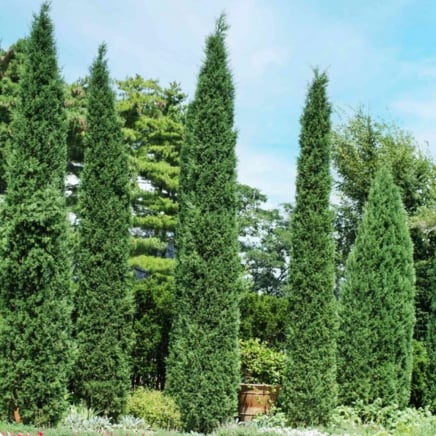
Spartan Juniper
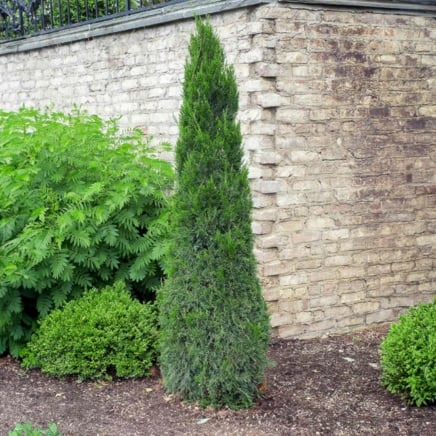
Moonglow Juniper Tree
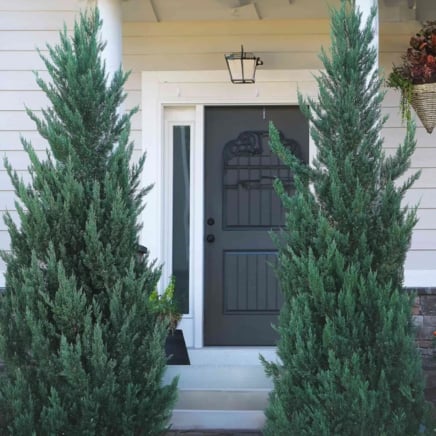
Blue Star Juniper Overview
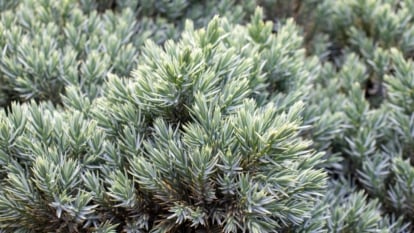
|
Plant Type Dwarf evergreen shrub Family Cupressaceae Genus Juniperus Species squamata |
Native Area Central to eastern Asia Exposure Full sun Height 1-3’ Watering Requirements Low |
Pests & Diseases No serious pests Maintenance Low Soil Type Well-drained Hardiness Zone 4-8 |
What Is It?
This juniper is an evergreen conifer with a dwarf habit. It’s a cultivar of a larger species, the singleseed juniper. It grows well in rock gardens and areas with poor soil, perfect for a wide range of yards across the U.S.
Native Area
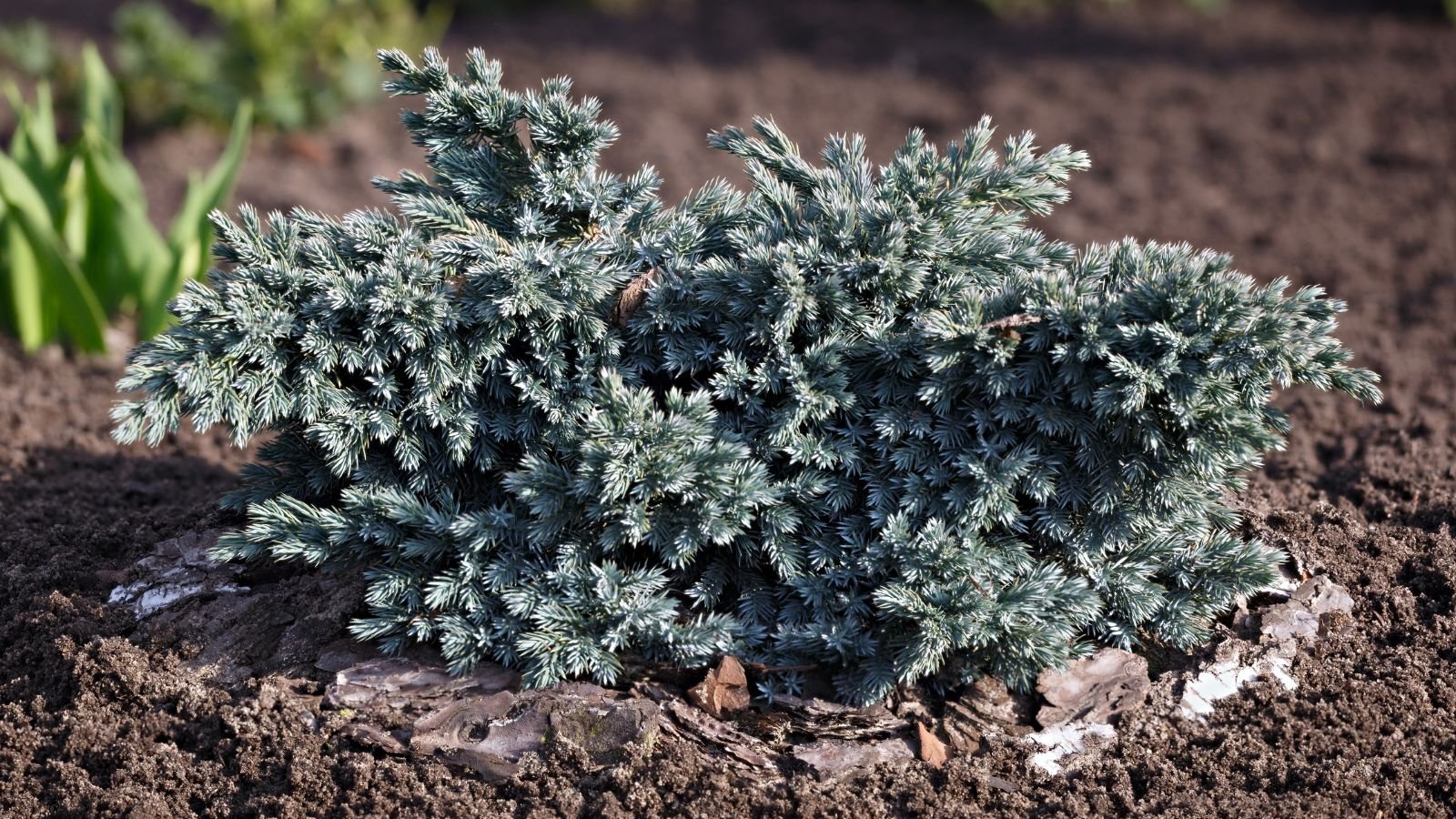 It grows naturally at high altitudes.
It grows naturally at high altitudes. You won’t find blue star juniper growing in the wild, as it doesn’t grow from seeds. It’s a cultivated juniper that growers and gardeners propagate with cuttings. The parent species is the singleseed juniper, Juniperus squamata, and it’s native to parts of Afghanistan, the Himalayas, western China, and Taiwan.
The parent species grows in mountainous regions at high altitudes. It’ll form a loose shrub or a small tree, depending on its growing conditions. It’s rarely grown in U.S. gardens, though its many cultivars are common.
This variety is known botanically as Juniperus squamata ‘Blue Star,’ though it commonly goes by the name blue star juniper. You may use both when looking for the plant online or at nurseries.
Characteristics
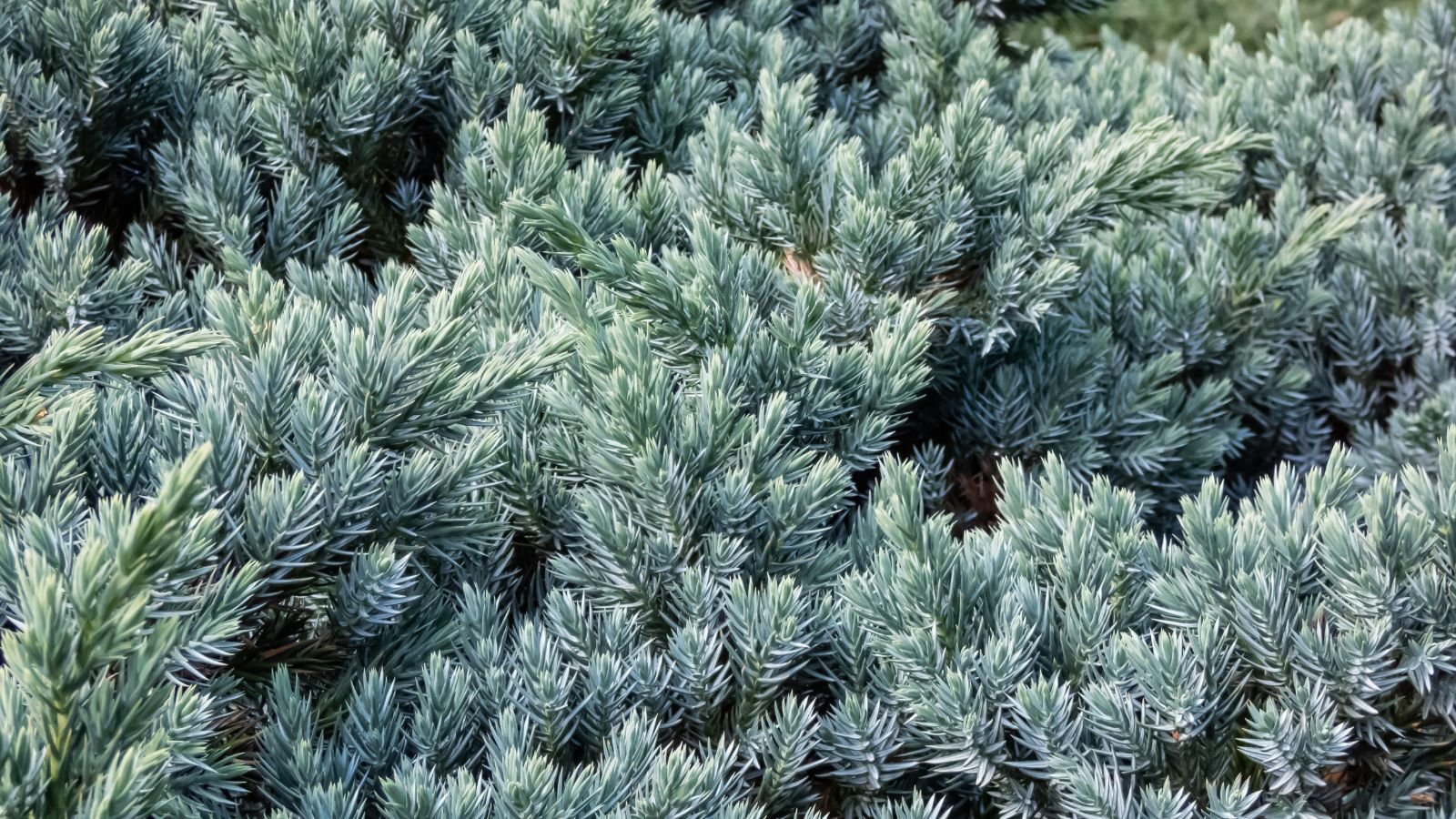 Color is the main attraction of the shrub.
Color is the main attraction of the shrub. ‘Blue Star’ has incredible leaves. They’re blue needles with a white tinge, and they grow in dense clusters. Each stem has needles from its tip to its base, and they make dense plumes when they grow en masse. Ornamental blue cones that look like berries occasionally grow from the stems.
The shrub itself stays under three feet tall, and it spreads to about four feet wide. Plant many together to make a lush, evergreen ground cover. It’ll also work well as a specimen planting or a focal point in the conifer garden.
Beneath the lush foliage lies a woody base. The lower stems thicken into trunks over time, while the exterior retains the blue-white needles. You may trim the tips if you’d like to shape blue star juniper, but avoid cutting the woody stems back. They won’t regrow well.
Planting
Find blue star juniper available at nurseries, garden centers, and online retailers. It’s incredibly popular and easy to grow. It’s not possible to grow it from seeds, but it’s easy to grow from cuttings.
Growers take many cuttings and grow them in pots until they mature into new plants. You may do the same from a neighbor’s plant, or look for potted plants at a shop.
Transplanting
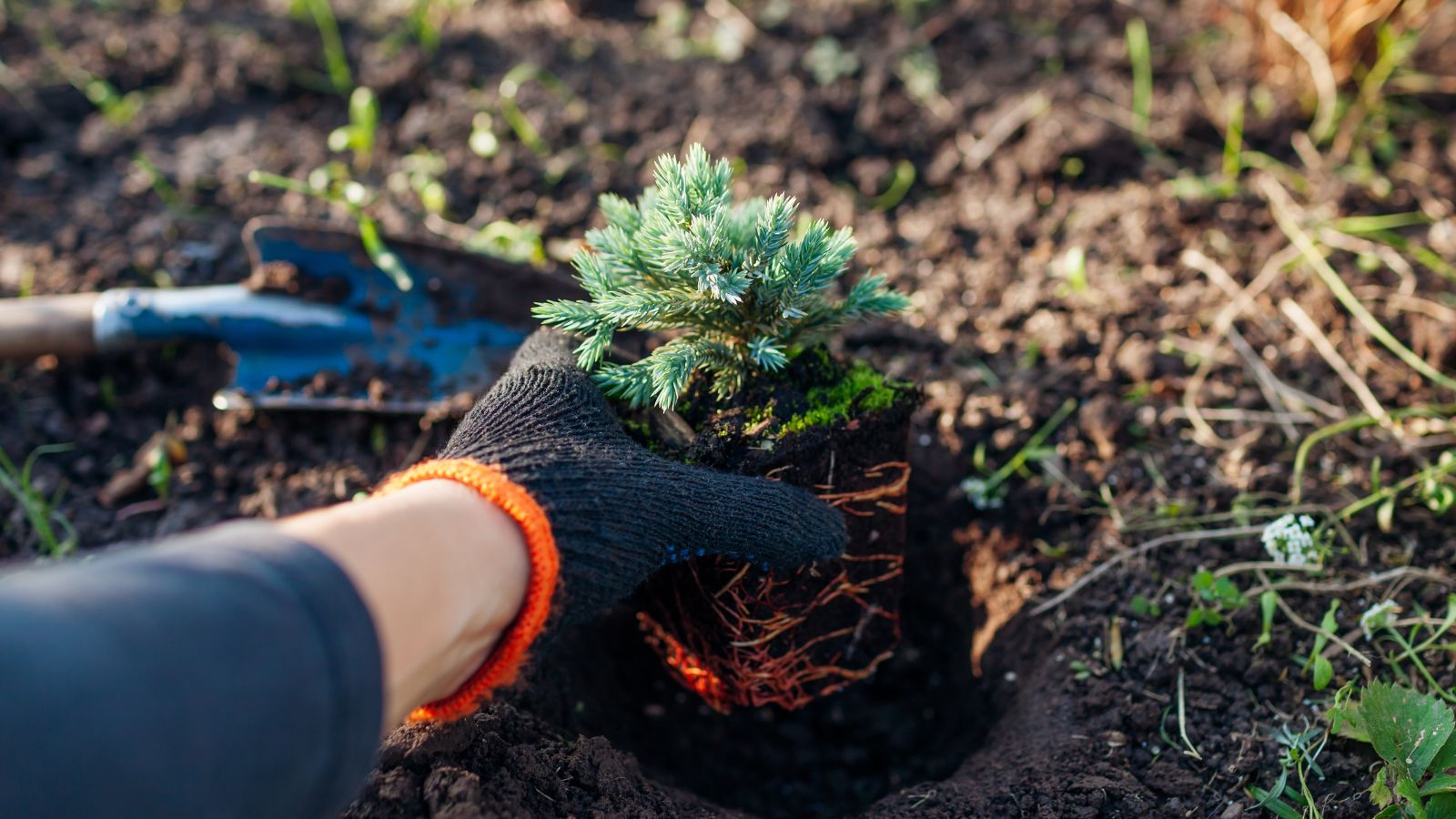 Either transplant in fall or spring when temperatures are cool.
Either transplant in fall or spring when temperatures are cool. Transplanting begins with preparation. It’s best to start the process in the fall or spring when the weather is mild. Prepare the hole first, then put the plant inside. Start by digging a hole as deep and twice as wide as the shrub’s rootball.
Place the plant inside the hole, then cover its roots with soil. Ensure all the roots are below ground, but don’t bury the plant too low or high. You want the trunk of the shrub to be level with the surrounding surface of the ground.
Water the shrub well after planting, then check to see if any of the dirt sinks below the surface. If it does sink, add a bit more soil on top to cover the hole.
Fresh transplants need some time to establish themselves in the garden. They need extra care for a few weeks after transplanting, then they’re drought-tolerant and cold-hardy. Keep the soil moist, but not soggy, while they adapt to their new environment.
How to Grow
Blue star juniper doesn’t need much to grow well. Give it lots of sunlight, occasional irrigation, and plenty of room to spread out. It’ll thrive for years to come!
Light
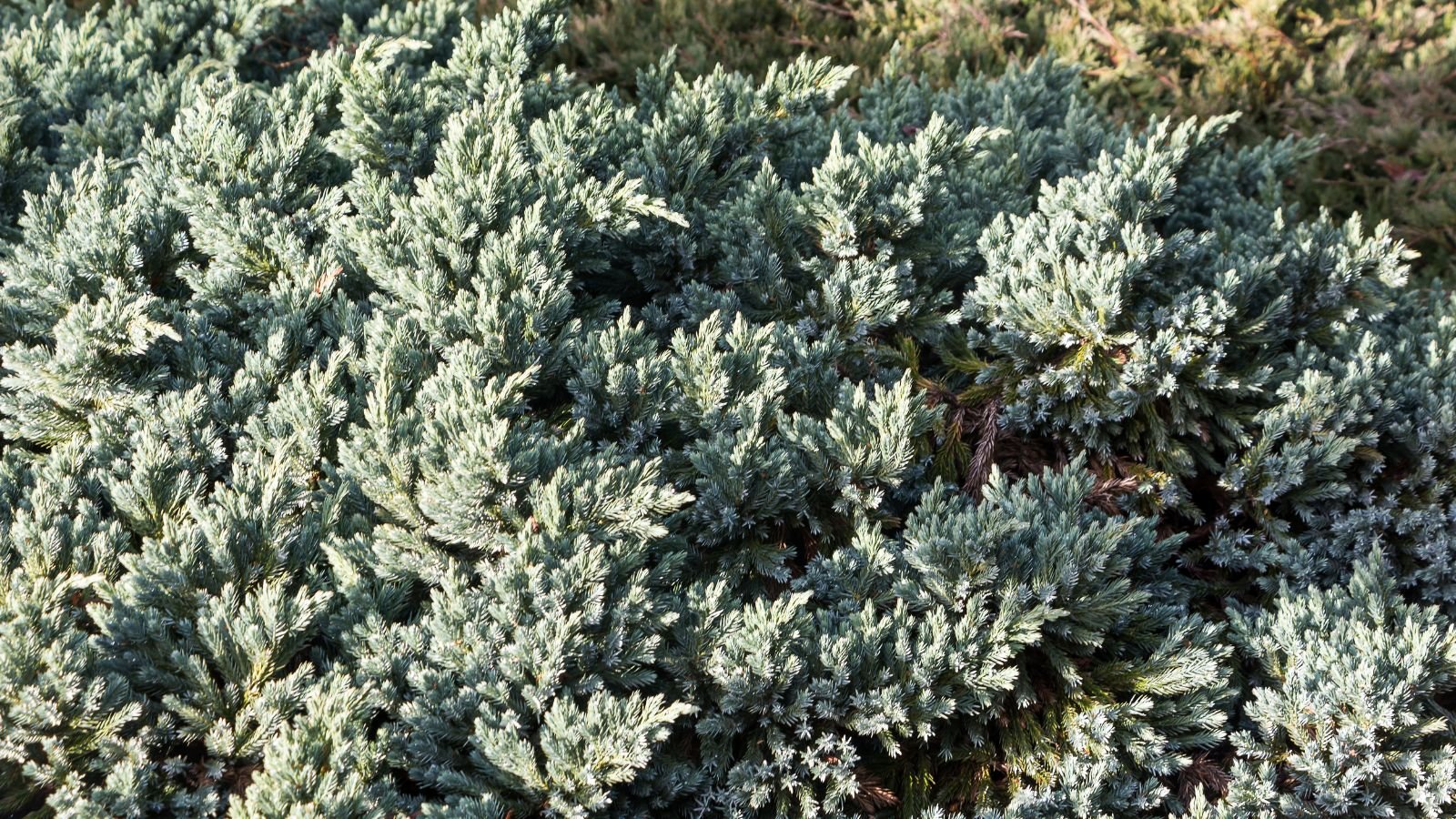 Avoid areas with partial or full shade.
Avoid areas with partial or full shade. Full sun is best for this juniper variety. Give your shrubs six or more hours of daily direct sunlight to ensure they stay perky and bright. Blue star junipers are sun-loving species, and they don’t do well in the shade.
Potted plants also need enough sun. Move them as necessary to grant them enough light throughout the seasons. This juniper takes well to bonsai, making it perfect for container growing. Potted bonsai plants also need six or more hours of direct sunlight a day.
Water
 Avoid overwatering, especially in dense soils.
Avoid overwatering, especially in dense soils. This juniper is drought-tolerant, but it performs best with occasional watering throughout the growing season. Natural rainfall helps in spring and fall, and areas without lots of rain may need more irrigation than wet ones.
Overwatering is more dangerous than underwatering. You want to let the soil dry completely before watering again. Wait until the top few inches are dry, then apply plenty of water throughout the garden beds.
Potted plants need more moisture than those in the ground. Check their soil with your finger, using the finger test. Jab your finger underneath the surface to see if it’s moist underneath. Water well if it’s dry, and wait to water if it’s still wet.
Soil
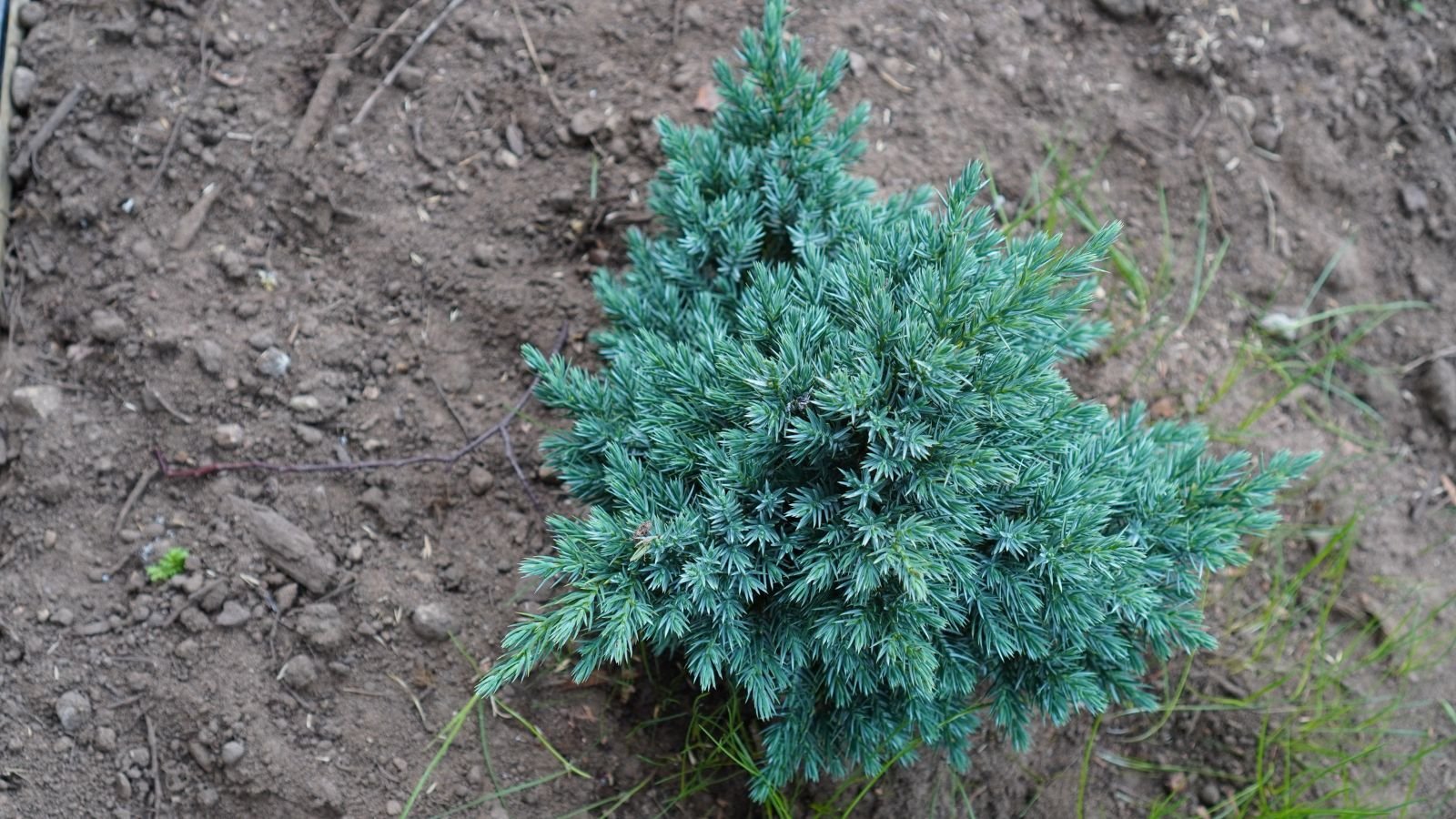 Ensure the soil drains well before planting.
Ensure the soil drains well before planting. Well-drained soil is best for the blue star juniper. The shrub dislikes soggy, dense soils, like those with lots of clay and silt. Amend the planting site ahead of time with compost to boost the drainage.
The juniper grows well in poor soils without many nutrients. It doesn’t need much aside from good drainage.
Potted plants are especially reliant on good drainage to grow well. Use a loose mix, like one made for bonsai or cacti, instead of dense potting soil.
Fertilizing
 These low-maintenance shrubs don’t need fertilizer.
These low-maintenance shrubs don’t need fertilizer. You shouldn’t need to fertilize blue star juniper. It has low nutrient needs, and it fares well in most garden soils. Instead of fertilizing, keep the plant happy with a thick layer of mulch. Use compost, leaf mold, or wood chips.
Potted plants are different. They benefit from a small dose of fertilizer in spring. Use a quarter dose of the recommended amount on the package, and water it in well to avoid burning the leaves.
Maintenance
 Remove dead leaves in spring as needed.
Remove dead leaves in spring as needed. This is a low-maintenance juniper. It requires little, if any, pruning, and it stays short and narrow. Make sure you want it to grow where you’re planting it, then let it flourish.
Some winter damage may happen to the leaves after an extremely frigid season. Simply trim the dead leaves off in spring and wait for new growth to sprout.
Propagation
It’s impossible to grow blue star juniper from seeds, but it is easy to propagate it with cuttings and air layering. Use whichever method works best for you and your garden.
Cuttings
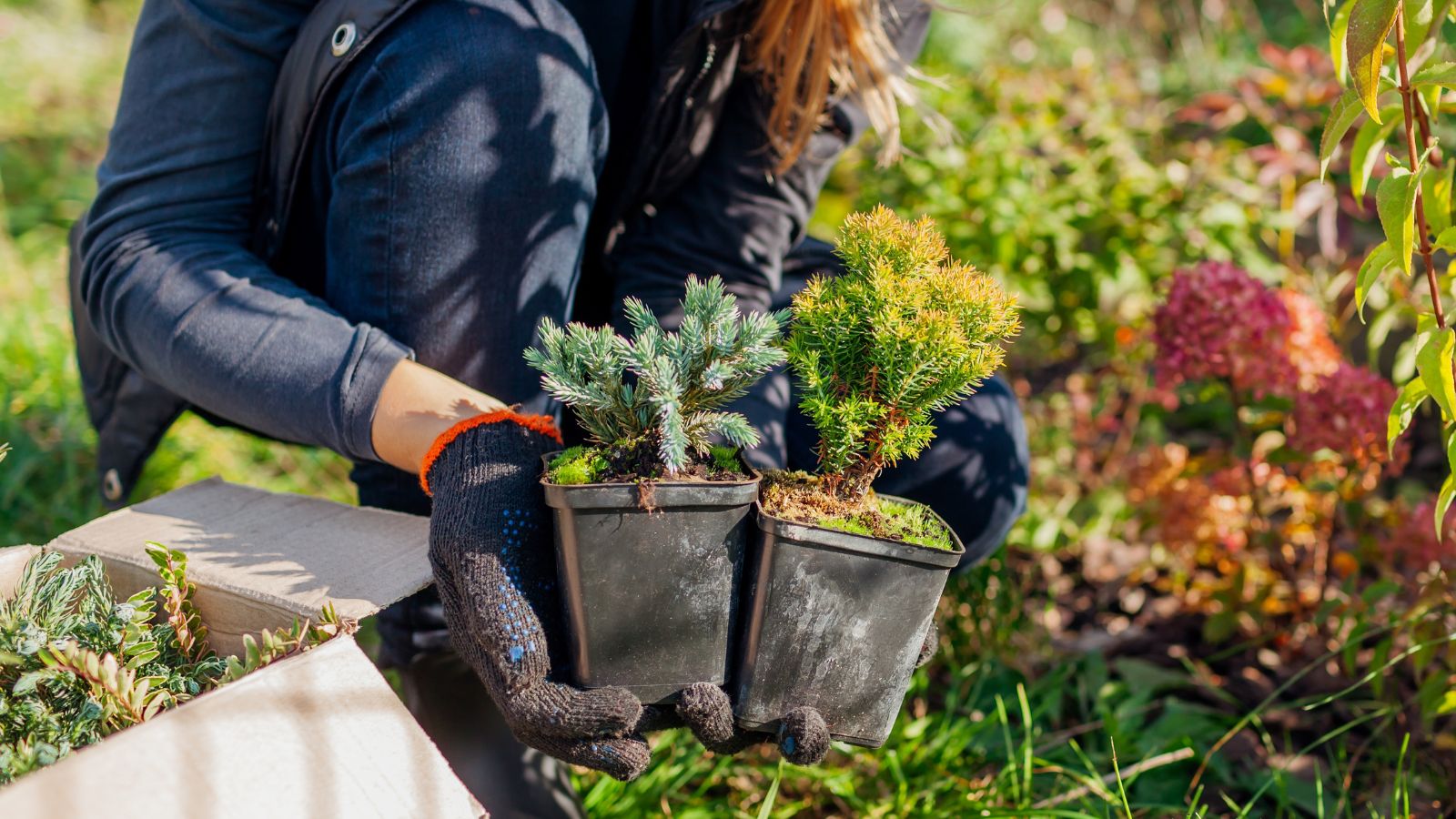 The easiest propagation method is from cuttings.
The easiest propagation method is from cuttings. The straightforward way to propagate blue star juniper is with cuttings. Cut stems have the potential to root in pots and grow into new plants. Give them the right treatment to grow potted plants ready for transplanting.
Start by preparing pots. Use small square pots, and fill them with potting soil. Then, cut four to six-inch pieces of the stems off.
Strip the stems’ lower halves of their foliage, then stick the stems into the pots with potting soil. Keep the dirt moist, but not soggy, and place the cuttings in partial shade while they root.
Juniper cuttings may take a while to grow roots. Humidity domes may cause them to rot instead of root. Keep them moist and in the shade. You’ll start to see new growth after a month or longer.
Air-Layering
 Air layering is more technical but works well if cuttings won’t root.
Air layering is more technical but works well if cuttings won’t root. Air-layering is an interesting technique that causes the stems to form roots while they’re still attached to the shrub. It’s a great way to propagate the variety if you’re struggling to root cuttings.
First, find a thick branch that you can sacrifice from the main shrub. Prune some of the sideshoots off the main branch, then find a good place for roots to grow.
Using a knife, peel back an inch-long portion of the bark in a circular fashion around the stem. Roots will grow from the exposed wood. Wrap the exposed portion in moist moss and potting soil, then wrap it with plastic and tape it shut.
Water the wrapped portion often to keep it moist and wait for about four weeks. Unwrap the plastic a bit to see if roots are growing. Once they are, unwrap the stem and sever the branch below the roots. Plant the cut stem wherever you’d like a new blue star juniper in the yard.
Popular Varieties
There are a few other varieties of Juniperus squamata that perform well in the garden. Try a blend of all of them for a mixture of textures and colors in the ornamental garden.
Meyeri
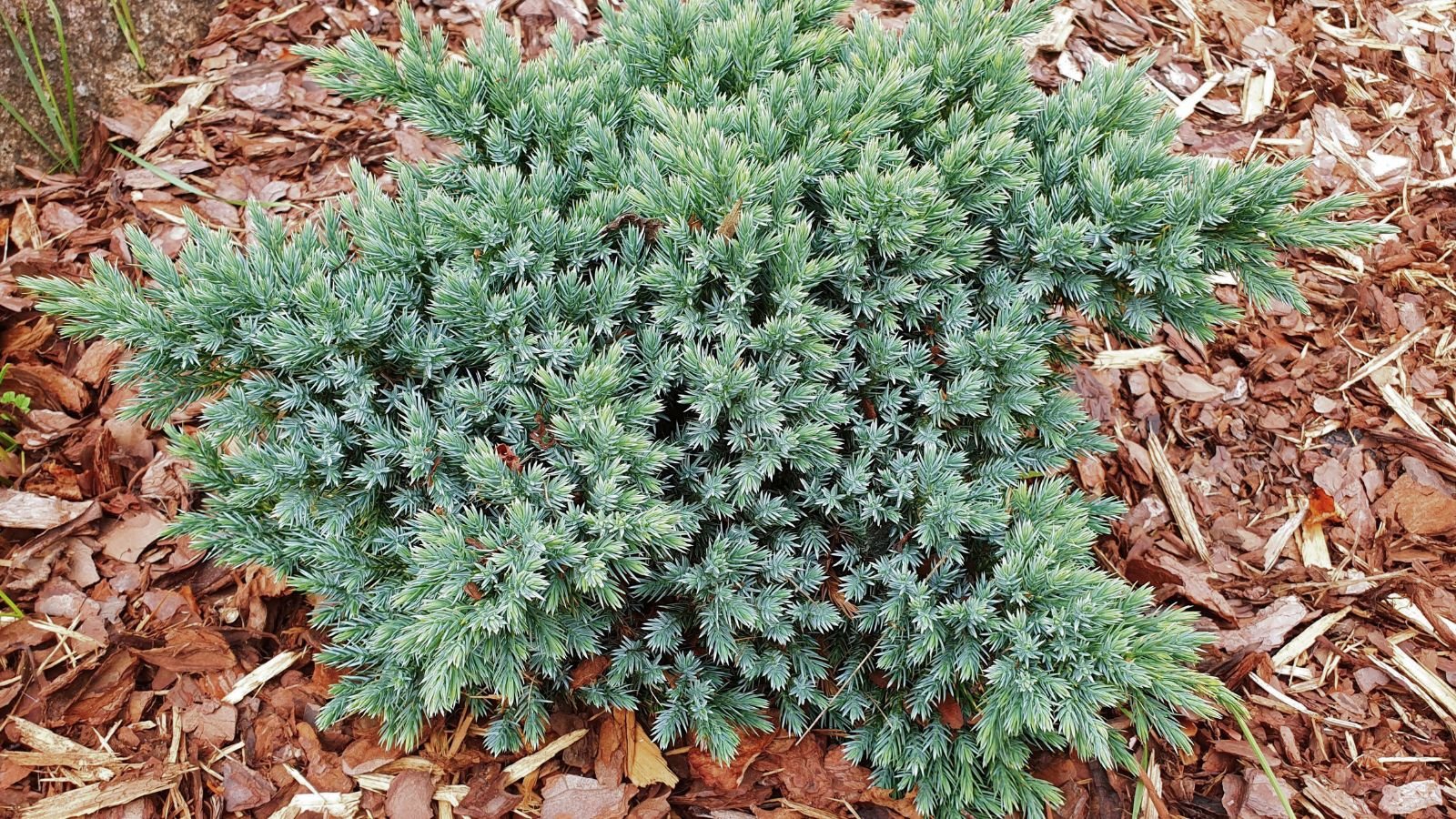 It has an equal height and spread.
It has an equal height and spread. ‘Blue Star is a sport from ‘Meyeri,’ meaning a gardener found the cultivar growing as a mutation. They took cuttings from the mutation and propagated them further, giving rise to their popularity today. ‘Meyeri’ grows a bit differently.
This variety tends to reach about five feet tall and wide, but it can reach 15 feet over time. It has blue-white foliage and an arm-like growing pattern with jutting branches throughout the shrub.
Blue Carpet
 This variety is great for covering slopes.
This variety is great for covering slopes. ‘Blue Carpet’ is the ideal variety for gardeners in need of a ground cover. It’s another sport from ‘Meyeri,’ and it has blue-green foliage all over its stems.
The prostrate stems stay under a foot tall, but they’ll spread to four or five feet long. Plant many ‘Blue Carpet’ plants near each other to cover slopes, rock walls, and sunny spots.
Floriants
 The needles have touches of yellow.
The needles have touches of yellow. This unique cultivar is unlike the others. ‘Floriant’ has pockets of yellow scattered throughout the blue stems. It makes a variegated appearance that’s incredibly decorative.
‘Floriant’ is a dwarf variety. The shrub stays under two feet tall, and it may spread to two or three feet wide. It’s a good candidate for areas in need of a focal point, as the striking foliage draws the eye towards its stems.
Common Problems
No serious pests affect blue star juniper. You may see an occasional bug or infected branch, but they’re easily preventable and treatable.
Pests
 Aphids like to feed on new growth.
Aphids like to feed on new growth. Watch for aphids in spring as the weather warms. They may feed on the tender young foliage, though they tend to go away as the leaves harden and mature. Hose them off with a hose daily to prevent them from multiplying.
Scales are pesky because they hide under protective shells. Using gloves, squish them and hose them off. Twig borers, webworms, and bagworms may also infect weak plants.
Diseases
 Overwatering or dense soil can lead to root rot.
Overwatering or dense soil can lead to root rot. Root rot is the main danger to consider. This juniper suffers when it sits in soggy soil for long periods of time. Avoid overwatering, and give it proper drainage.
Twig blight may occur in spring when rainfall is frequent. Avoid most diseases by planting the shrub in well-drained soil.


 5 hours ago
1
5 hours ago
1
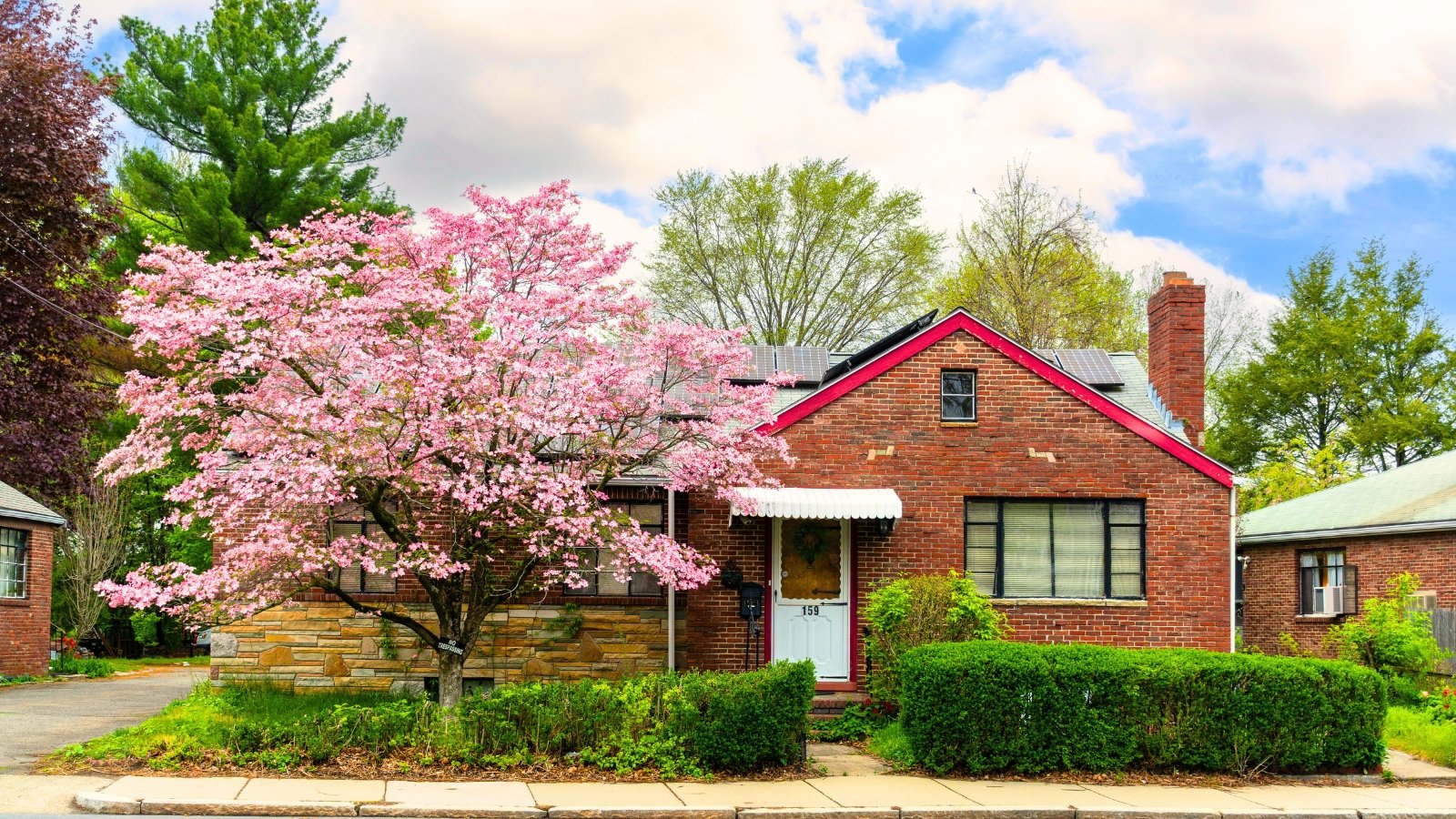
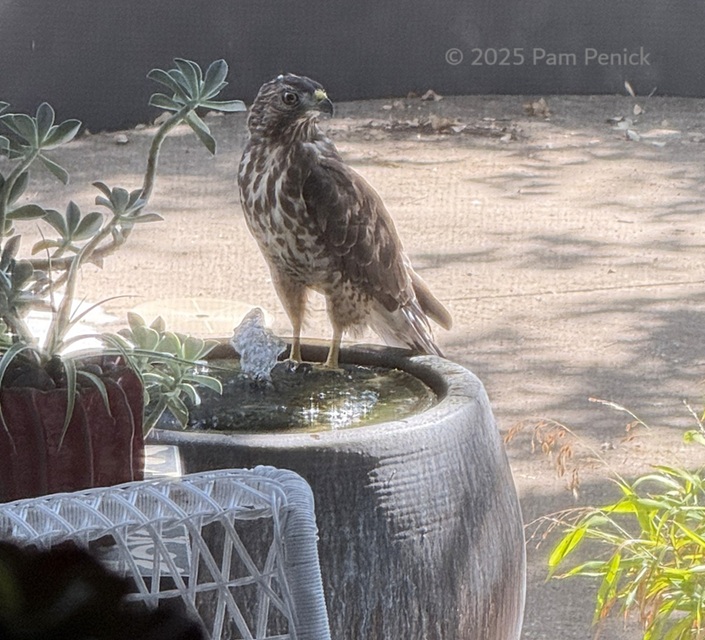
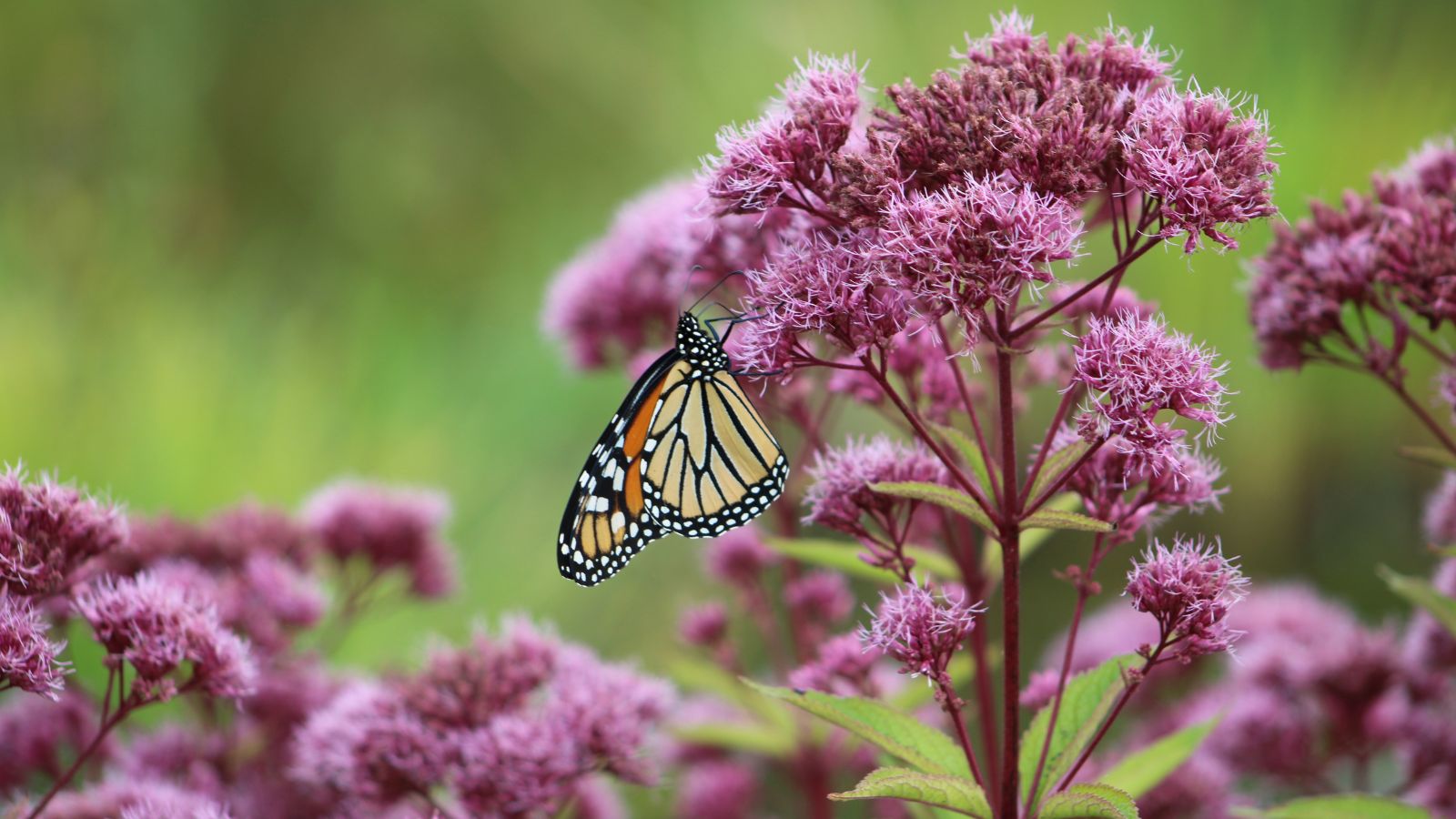

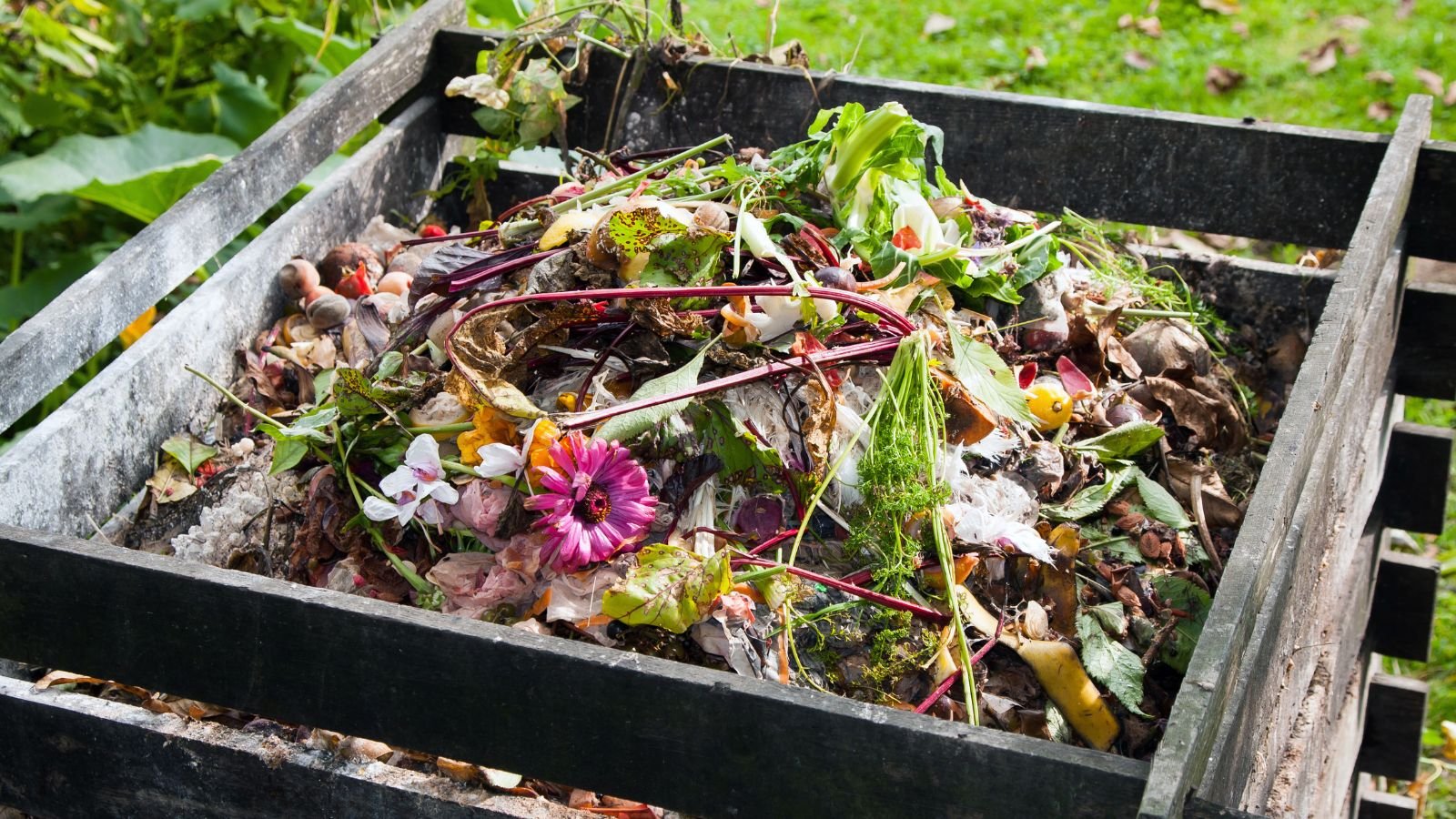

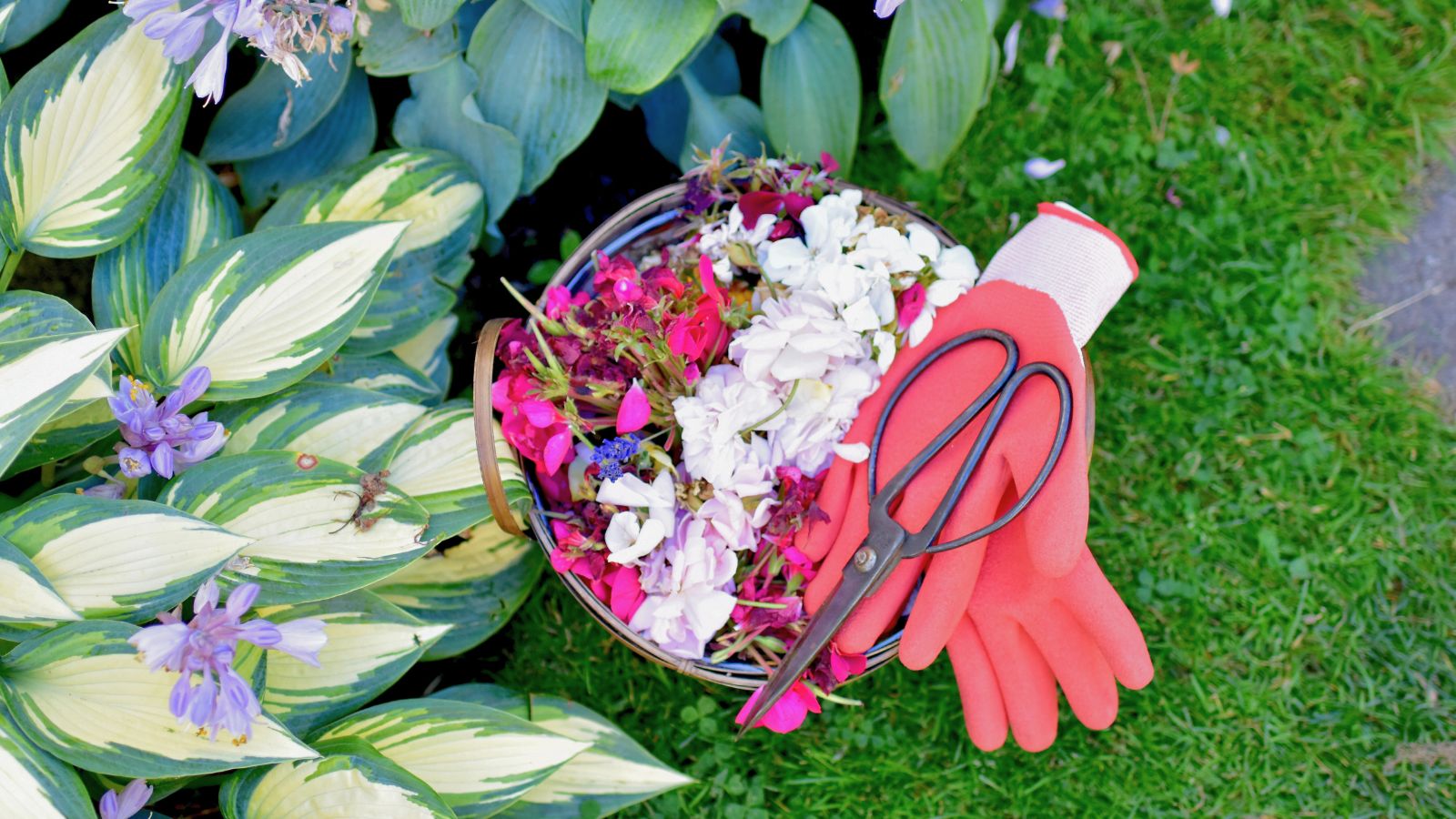














 English (US) ·
English (US) ·  French (CA) ·
French (CA) ·